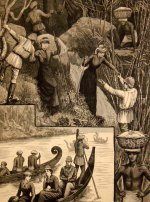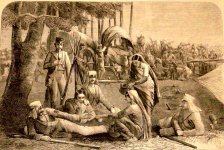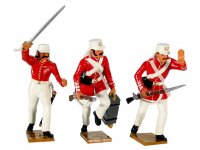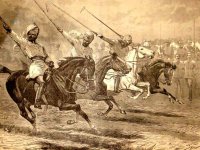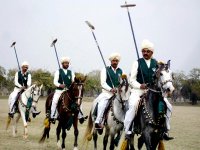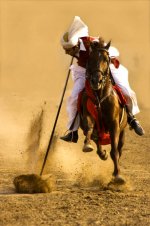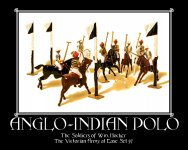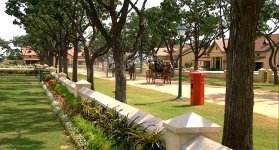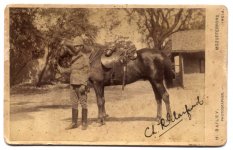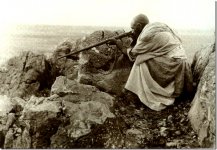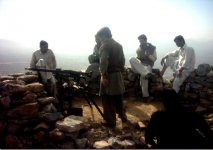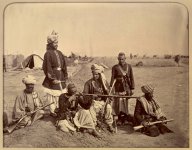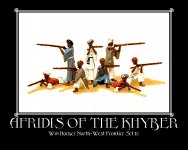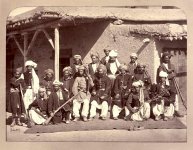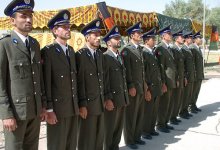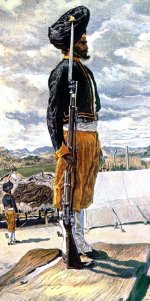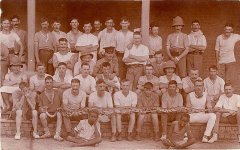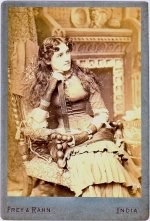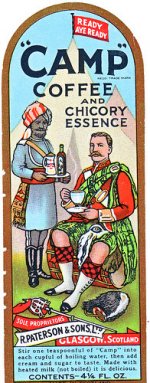Native Cavalry Tent-Pegging in Sections
Illustrated London News 1890
From a Tent-pegging website:
"Tent-pegging is one of the most popular equestrian sports and was particularly popular in the Indian sub-continent till the post war period. Although there is difference of opinion as to how and where it started, it is almost certain that tent-pegging is a sport of Asian Origin. One source dates it back to the invasion of India by Alexander the Great in 326 B.C. which lends credence to the belief that the sport originated in the North Western province of India and Afghanistan through where Alexander had entered India. The cavalry soldiers of Alexander were believed to have used tent-pegging as a battle tactics against the elephants in the army of the Indian King Porus, who fought bravely against the invaders, lost the battle, but by virtue of his heroic demeanour , charmed Alexander, who returned to Porus his kingdom and made him his friend. There is also a belief that the sport originated with the horse-mounted soldiers charging enemy camps at the crack of dawn removing the pegs which held the tents in place, with the tips of their sharp spears.
But most equestrian authorities are of the opinion that tent-pegging originated in India in the middle ages in the battle fields as a tactics used by the horsed cavalry against elephant mounted troops. The soldiers discovered that the best way to make the elephants ineffective was to attack them on their toe nails with sharp spears from the back of the galloping horse. In order to perfect this technique, the cavalry started the practice of tent-pegging which eventually turned into the modern sport. Tent-pegging is now a popular equestrian sport in many countries around the world."
The film Lives of a Bengal Lancer(1935) includes a tent-pegging scene featuring Gary Cooper and the other principals.


